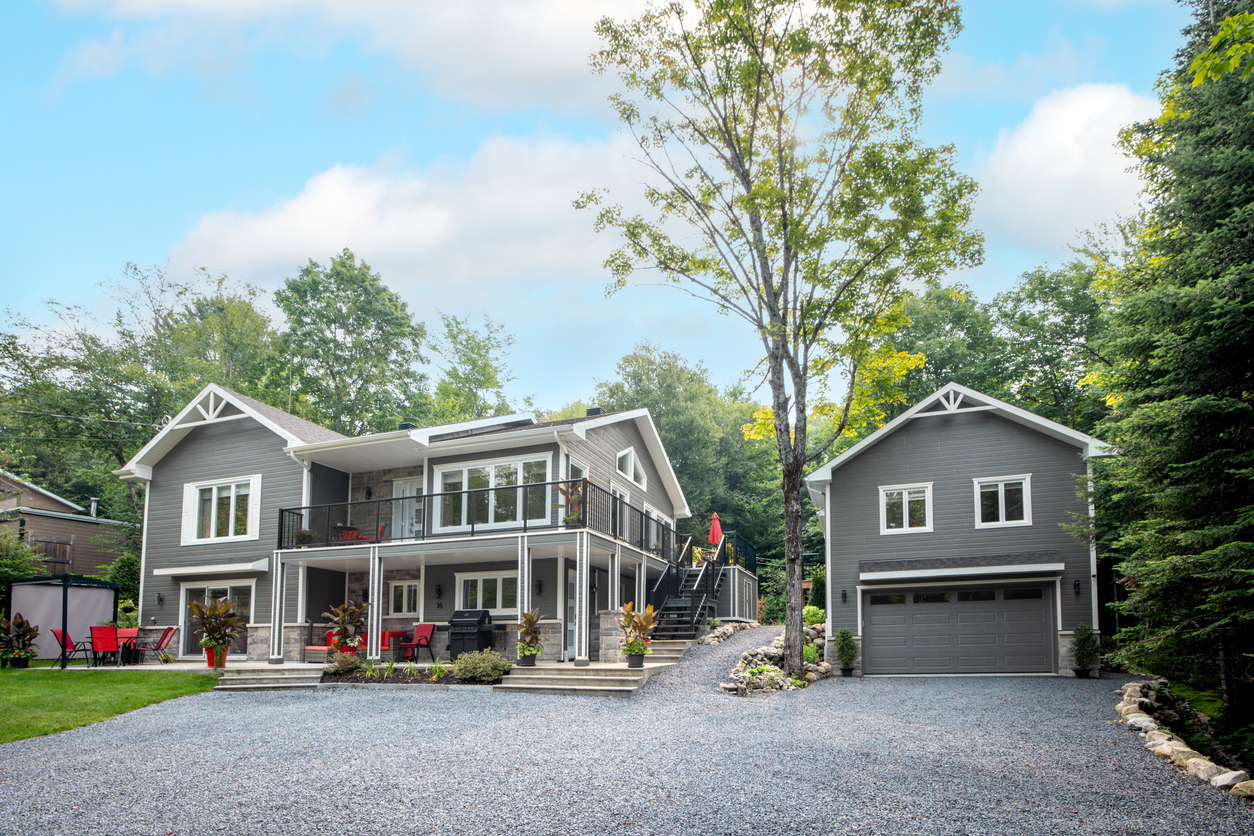Citizens Property Insurance rates are going up. An article in the Miami Times, Citizens Looks to Hike Insurance Rates 14%, explains one reason why the rates are rising even more:
The insurer of last resort in Florida isn’t meant to be competitive. But if it were, its average premium for regular homeowner’s insurance would have to almost double.
Citizens Property Insurance policies continue to be significantly underpriced compared to private carriers, according to a company presentation to state regulators earlier this month. It estimates the average homeowner’s insurance premium would need to be increased by 96.8% to better match competitors.
The article quotes Citizens CEO Tim Cerio as follows:
‘Our rates remain, for the most part, actuarial unsound and highly competitive around the state,’ said Citizens CEO Tim Cerio Aug. 1 to the Florida Office of Insurance Regulation. ‘As a governmental insurer of last resort we should never be competing with the private market.’
South Florida is going to take the brunt of Citizens rate and depopulation efforts:
The number of homes, condos, mobile homes and buildings insured by Citizens has grown significantly since 2020. It had more than 1.2 million policies at the end of July. Most of those are in South Florida. That also means most of the insurance policies identified for the company’s depopulation efforts are in South Florida.
Depopulation is Citizens’ strategy of moving homeowners to a private insurance company if a private policy is no more than 20% more expensive than what Citizens charges. Almost 200,000 policyholders have been notified this year.
Florida is no different than the rest of the country, where insurers are raising property insurance premiums. Property insurance rates are increasing across many parts of the United States, not just in Florida, although Florida is experiencing some of the most severe rate hikes. States like Maine, Michigan, Utah, Montana, South Carolina, North Carolina, Illinois, Connecticut, and Nevada are all expected to see rate increases of 9-19% in 2024.
Realtor Magazine reported in States Where Home Insurance Costs Are Surging Highest:
The insurance rates homeowners pay can vary considerably across the country. Vermont homeowners tend to pay the least, at an average annual rate of $918, whereas Florida homeowners pay the highest—at nearly $11,000 annually.
‘The states with the highest home insurance costs are prone to severe weather events,’ the Insurify report explains. ‘Florida, Louisiana, Texas, Arkansas and Mississippi are vulnerable to hurricanes. Texas, Colorado and Nebraska face a growing wildfire risk. Nebraska, Texas and Kansas are at high risk for tornadoes, being located in an area nicknamed ‘Tornado Alley.’
The article listed numerous rate increases, with Maine’s projected rate increase at 19%, Michigan’s at 14% and Utah’s at 13%. States prone to hurricanes (Florida, Louisiana, Texas), wildfires (California, Colorado), and tornadoes (Texas, Nebraska, Kansas) are seeing the highest insurance rate hikes.
There are numerous reasons for this Nationwide increase. First, inflation has significantly increased the costs of construction materials and labor required to repair or rebuild homes after losses. From 2019-2022, home replacement costs spiked 55% due to supply chain issues, higher material costs, and labor shortages. When it costs insurers more to pay claims due to these inflated expenses, they raise premiums to compensate.
Second, property claims have increased in frequency and severity in recent years. For example, industrywide commercial property claims rose 30% year-over-year in the first half of 2023. Insurers are paying out more in claims than they are collecting in premiums, with some facing insolvency as a result, especially in high-risk states like Florida. Some suggest that climate change is the culprit causing a greater frequency of losses.
Finally, many insurers rely heavily on reinsurance, especially in catastrophe-prone areas. Reinsurance has become more costly due to increased risks. This is especially true in Florida, as noted in Why Florida Insurance Rates Are Going Up:
One factor that makes Florida’s insurance sector unique is its heavy reliance on reinsurance. The market consists mainly of small and medium-sized insurers that operate exclusively in the state, filling the gap left by large national insurers that chose to limit their business in Florida because of the higher level of risks involved. For these local companies, reinsurance serves as a form of ‘shock absorber,’ taking on the risks that are beyond what insurers are willing to assume.
The National Association of Insurance Commissioners (NAIC) defines reinsurance as ‘insurance for insurance companies.’ Because of Florida’s susceptibility to natural catastrophes, reinsurance plays an essential part in the local insurers’ capability to manage risks and pay out claims.
Between 2006 and 2017, reinsurance costs in Florida went down as the state experienced only a few destructive storms. But these weather-related events have become stronger in recent years, primarily due to climate change….
The increasing frequency and severity of natural catastrophe claims have pushed Florida reinsurance rates to go up between 45% and 100% in January and another 20% to 40% in the June renewals, something that will be passed on to the consumers.
All these statistics can be misleading. Yet, the point is that Florida’s rates have been and are still going up a lot. There seems to be no end in sight, especially if you live in South Florida. However, the entire country is experiencing significant increases in property insurance rates and premiums.
Thought For The Day
The significant problems we face today cannot be solved at the same level of thinking we were at when we created them.
—Albert Einstein




